TAYA Pristine Homeland Foundation x Cao Family Mansion [Verse Magazine]
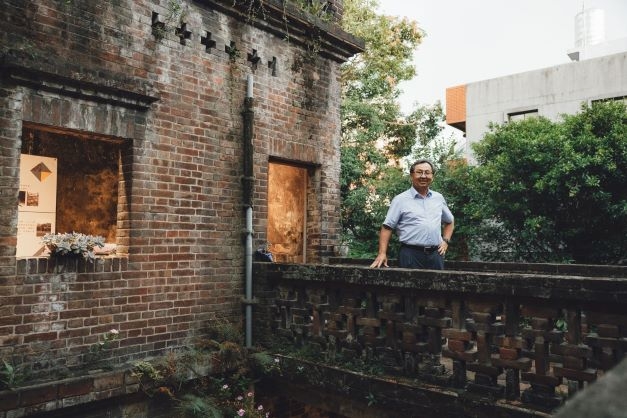
Cao Family Mansion: Restoring Local Historical Fabric to Create a Sustainable and Pristine Homeland
2022/09/02
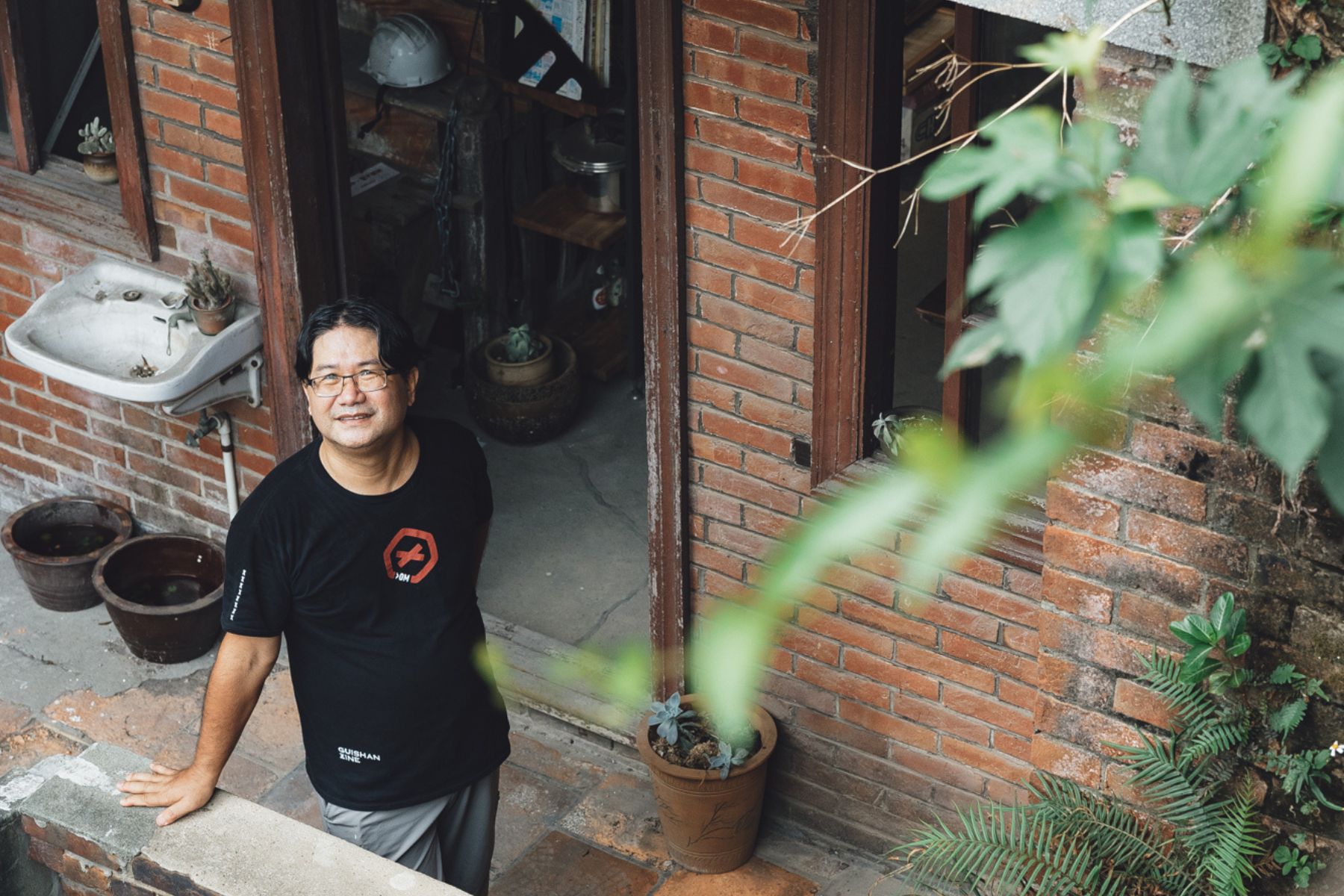
Liang-Wei Chen, executive director of the Taoyuan Return to Guishan Front, works with his volunteer partners to renovate the Cao Family Mansion.
In the past, old houses were synonymous with derelict and dilapidated ruins in the eyes of the general public, but more than a decade ago, a movement to rehabilitate old houses began to gain popularity across Taiwan, and old houses began to be regarded as important local cultural assets. One such example is the Cao Family Mansion in Guishan District. The opportunity to restore the old houses has not only given rise to the “Taoyuan Return to Guishan Front” group, which attracts young people to participate in local affairs, but has also made this momentum an important starting point of regional revitalization.
When you walk along Wanshou Road in Guishan and turn into the alley next to the betel nut stall, you will spot the three-story “Cao Family Mansion”, built in the Japanese-Western Eclectic Style, standing in front of you. Climbing up to the 3rd floor of the building, which once dominated the skyline of Guishan, you can spot Hutoushan from afar and appreciate the architectural details such as the English-style corridor and the washed finish on the facade, reminiscing about the historical scene where Lei Chen, the founder of Free China, met with fellow social activists, as well as the rise and fall in the fortunes of the local prestigious Cao family.
After the Sino-French War in 1884, the demand for tobacco on the island of Taiwan increased dramatically due to the French blockade of Taiwan, and the Cao family, which operated a tobacco industry in the Guishan area, became rich. In 1927, as the family grew stronger, the second-generation family patriarch, Ding-Po Cao, built a magnificent building in front of the original brick house, which was the tallest building in the Guishan area at that time and was often referred to as the “three-story building” by local residents. This evidenced the majesty of the building and the prosperity of the Cao family in the area at that time. Unfortunately, as time passed, the Cao family moved out one by one, and the house gradually fell into disrepair, becoming a “sore sight” in the eyes of the local residents.
Liang-Wei Chen, executive director of the Taoyuan Return to Guishan Front, noted that the back garden of the house is adjacent to the busiest Houjie Market in Guishan, vendors would throw animal offal, rotten fruits and vegetables, and papayas into the yard, and the papaya seeds naturally grew into a dozen papaya trees under the cultivation of fertile soil. Some people also came in to grow guavas and bamboo shoots, and the back gardens of the house eventually became a farm of sorts for the locals. “The desolation and decay of this place at the beginning is definitely beyond what you can imagine now,” recalled Chen.
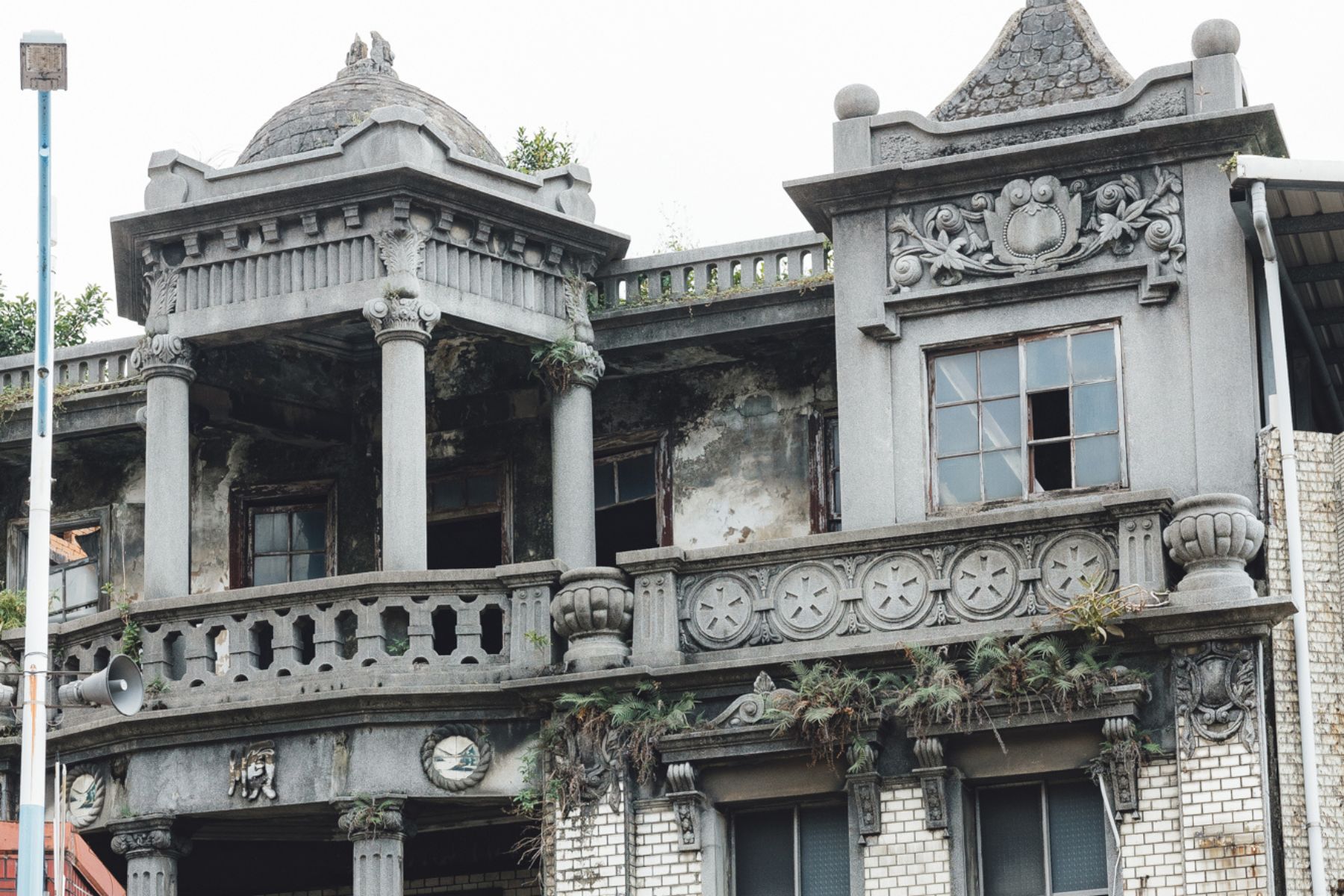
The Cao Family Mansion on Wanshou Road in Guishan District, Taoyuan, was once the tallest house in Guishan.
The Old House Beckons: Gathering at Cao Family Mansion
In 2015, Bao-Hsuan Wang, a candidate as a national legislator representing Taoyuan City, who had long cared about preserving local cultural assets, rented the long-abandoned Cao Family Mansion as her campaign headquarters, using the preservation of cultural assets as a highlight campaign policy. After the election, Liang-Wei Chen, an interior designer who is not a native of Guishan, joined the volunteer team because he was fascinated by old houses and was attracted by the architectural appearance and historical background of the house. He and a few partners decided to continue to maintain and protect the house, “We always say that the old house will find the right people and beckon to like-minded people at the right time, so that we can gather here,” he noted with a smile, looking at the Cao Family Mansion with affection.
Because of the complex property rights of the Cao Family Mansion, at first Chen and his team of volunteers only focused on a small piece of borrowed space, carrying out basic restoration work such as cleaning and painting. One day, when Chen was cutting boards to make lockers in the common space, an elder passed by and asked him what he was doing, and then urged him to hurry up and restore the other spaces as well.
The perplexed Chen asked around and learned that the elder was another property manager of the Cao family, “These elders usually do not take the initiative to talk to us, but in fact they are silently observing from the sidelines to see if we are truly committed. So even though the elders didn't explicitly say so, we took it as their permission to start restoring more space.”
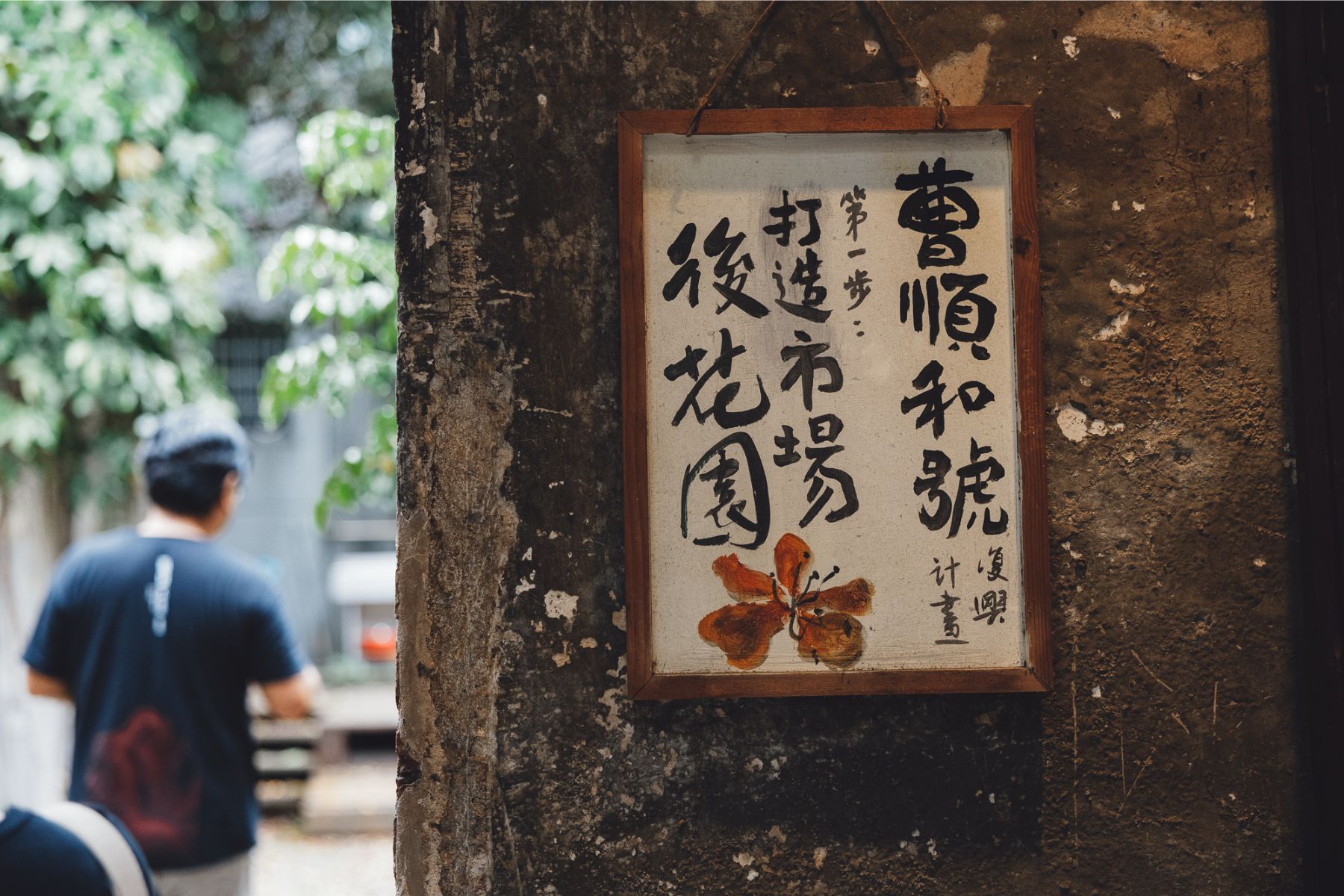
The Cao Family Mansion was once abandoned and dilapidated, but under the restoration and call of the Taoyuan Return to Guishan Front, the house was turned into a backyard for the local market.
In 2017, the volunteer group started to organize the back garden and the 2nd floor, and officially established the Taoyuan Return to Guishan Front in 2018. Half of the members of the Front are local youths, almost all of whom have day jobs and side gigs: Farmers, interior designers, artists, second-hand bookstore owners... despite their busy lives, this group of people are drawn together by the Cao Family Mansion. “The partners have a tacit agreement that 'the one who digs the hole is responsible',” Chen Liangwei said. In the face of the broken and derelict surroundings, members do not need to be assigned work, there will always be people automatically roll up their sleeves to clean up, so that the building was restored little by little until its original beautiful appearance started to take shape again.
Rich Historical Fabric Attracts Enthusiasts
The rich history of Cao Family Mansion attracts many people to converge. Over the past six years, more than a hundred volunteers have been involved in restoring the building. For example, students from Kainan University, Ming Chuan University, Chung Yuan Christian University, and Lunghwa University of Science and Technology have all participated in the “service learning” course to rehabilitate the building.
Looking at the many college students who had never held a drill or painted before, Liang-Wei Chen encouraged them to go ahead with the idea that “no matter how bad it is, it will never be worse than it is now,” and remarked “I hope that the Cao Family Mansion will become a venue to connect local people and solidify their beliefs, and that the participating volunteers will find a sense of accomplishment in the restoration process - this beautiful old building was restored with the efforts of all.” Volunteers shared their contributions on social media, and even took the initiative to bring friends to explain which walls and corners they helped paint and clean.
In order to revitalize the house, members of the Return to Guishan Front have actively organized various workshops, exhibitions, and documentary film screenings, and many local and neighboring residents and youth have been attracted to the building, making the Cao Family Mansion an important base for gathering local creative awareness. For example, the second generation owner of a photocopying business near the building joined the team after participating in several activities and became a member of the Front. Ming-Chang Chen, whose family runs a bento shop and collects vinyl records at home, sent bentos from Linkou to Guishan for free when he heard that the volunteer group was holding activities.
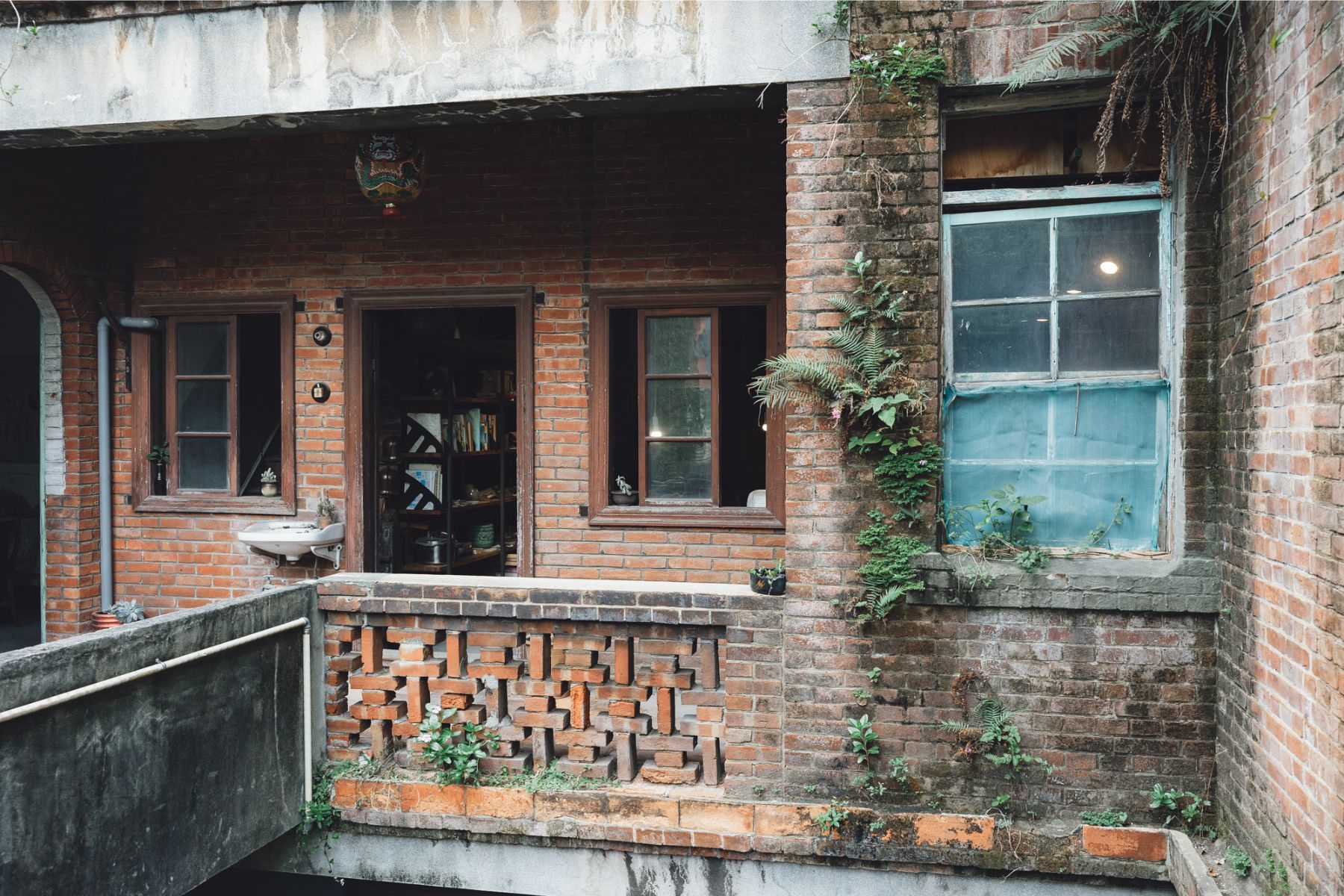
The rich architectural vocabulary and historical fabric of the Cao Family Mansion has attracted many volunteers to participate in its restoration.
In order to obtain more funding resources for the restoration work, Chen participated in the “Green Inside Project” organized by the TAYA Pristine Homeland Foundation, and won the 1st Pristine Homeland Award and two Green Connection Awards in 2016, 2018, and 2019 for his projects “Cao Family Mansion Restoration Project Step 1: Building a Backyard Market”, “Out of Cao Family Mansion”, and “Taoyuan Return to Guishan Front” respectively.
“Every time the judges saw me coming to give a presentation, they said they already know what’s coming. What else do you want to add this time?” laughs Chen. Ta Ya is very supportive of the Cao Family Mansion restoration project, and the Green Inside Project competition has given the team the most direct support. “Restoring the house requires buying gloves, paint and other consumables, and volunteers have to be provided with water and food when participating in related activities. The resources needed are small, but they can be substantial over time. The prize money is a very timely benefit to us,” Chen pointed out.
Another purpose of participating in the competition is to let more people know about Cao's Family Mansion and the local historical and cultural issues that the Return to Guishan Front team is committed to caring for. “We hope that through the competition, more people will get to know us and pay attention to the issues we advocate for. For example, Ta Ya has been a steadfast supporter of our spirit,” he added.
Recently, the ESG wave has been growing in traction, and major companies have been investing in ESG deployment in the past two years. As a leading brand in energy connections, Ta Ya has been organizing the “Green Inside Project” competition since 2007 from the perspective of corporate social responsibility and working together for the benefit of the land, and each year, it selects organizations that advocate for environmental friendliness and protection of our pristine homeland with different themes, and awards them with sponsorships. The competition has been held for 12 consecutive years. “We care for the land and hope to create pristine homeland for Taiwan, and this has always been Ta Ya's unchanging purpose. “said Shang-Hung Shen, Chairman of Ta Ya Electric Wire & Cable.
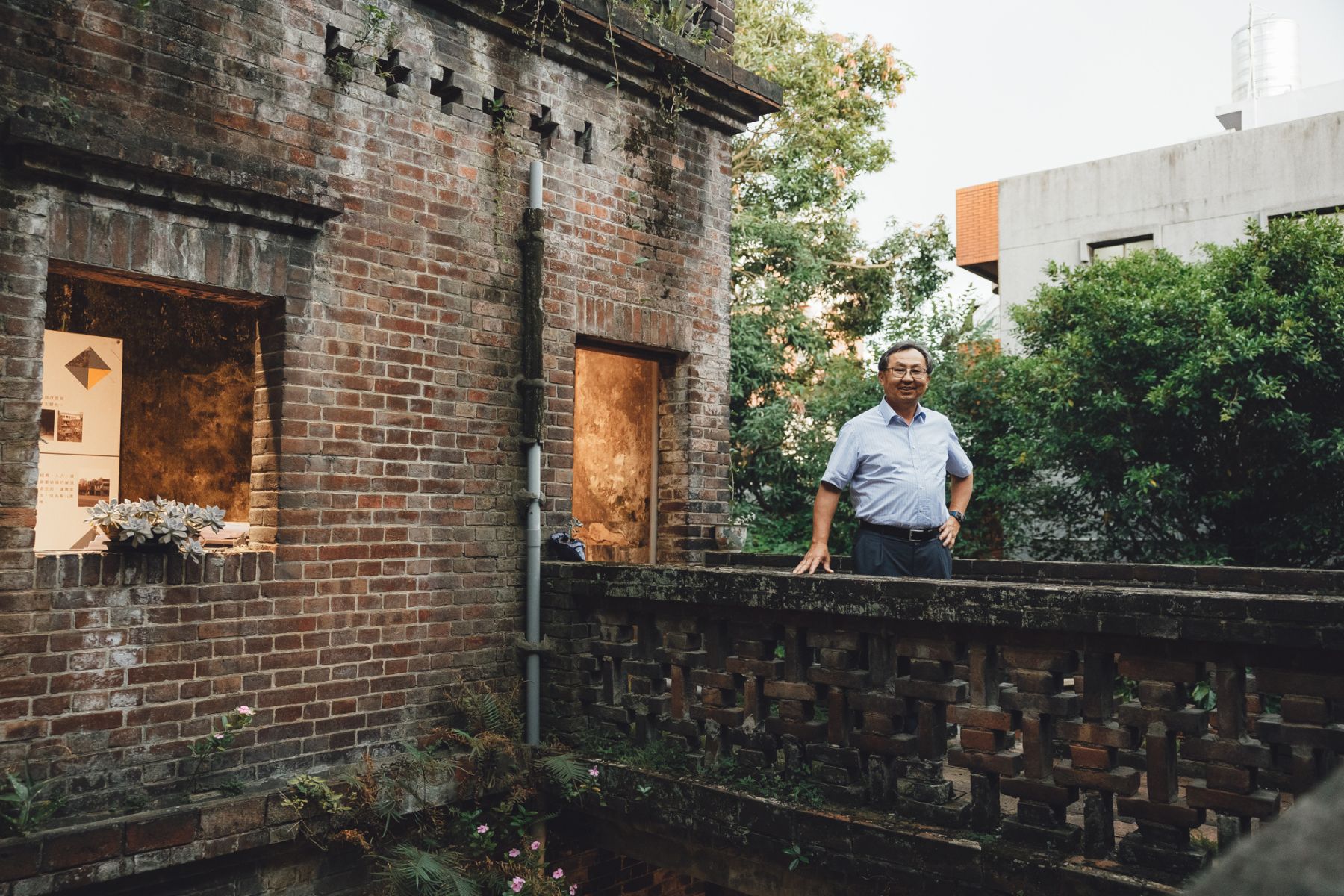
The Cao Family Mansion has been recognized three times by the Green Inside Project competition of the TAYA Pristine Homeland Foundation. The image shows Shang-Hung Shen, Chairman of Ta Ya Electric Wire & Cable.
Promoter of Friendly Environment and Pristine Homeland, Committed to Creating an Environment in Harmonious Coexistence
Shen further elaborated that the vision of “becoming a creator of harmonious environment and pristine homeland” is to create a friendly and harmonious environment in coexistence for people. The revitalization and preservation of old houses allows people to experience the history and culture of the past by preserving the fabric of the times with architecture, and to continue to pass on emotions and memories in order to create a sustainable and pristine homeland.
“Who designed and built the house? What is the family history behind it? How does it relate to the local context? How did the beautiful house become what it is today?” After Shen raised question after question, he pointed out that “by restoring the Cao Family Mansion, we can visit the period and experience the history and footprints of our ancestors, not just the descriptions in books or photos.”
The potential risk of old wiring is common in older homes. In order to promote the public's appreciation of the cultural assets of old houses and to address their safety concerns, the TAYA Pristine Homeland Foundation, together with the Taiwan Professional Electrical Engineers Association, launched the “Electrical Safety Inspection for Old Homes” service since 2017, targeting old houses over 30 years old. After members of the public apply, the Foundation will dispatch experts to inspect the house free of charge to ensure the safety of home electricity in old houses.
“The Foundation will also follow up on the electricity consumption of these old houses to see if the check is effective and if they need any more help,” added Shen. He emphasized that the key to all the Foundation's efforts is to promote a pristine homeland and to give back to the community leveraging the expertise of Ta Ya.
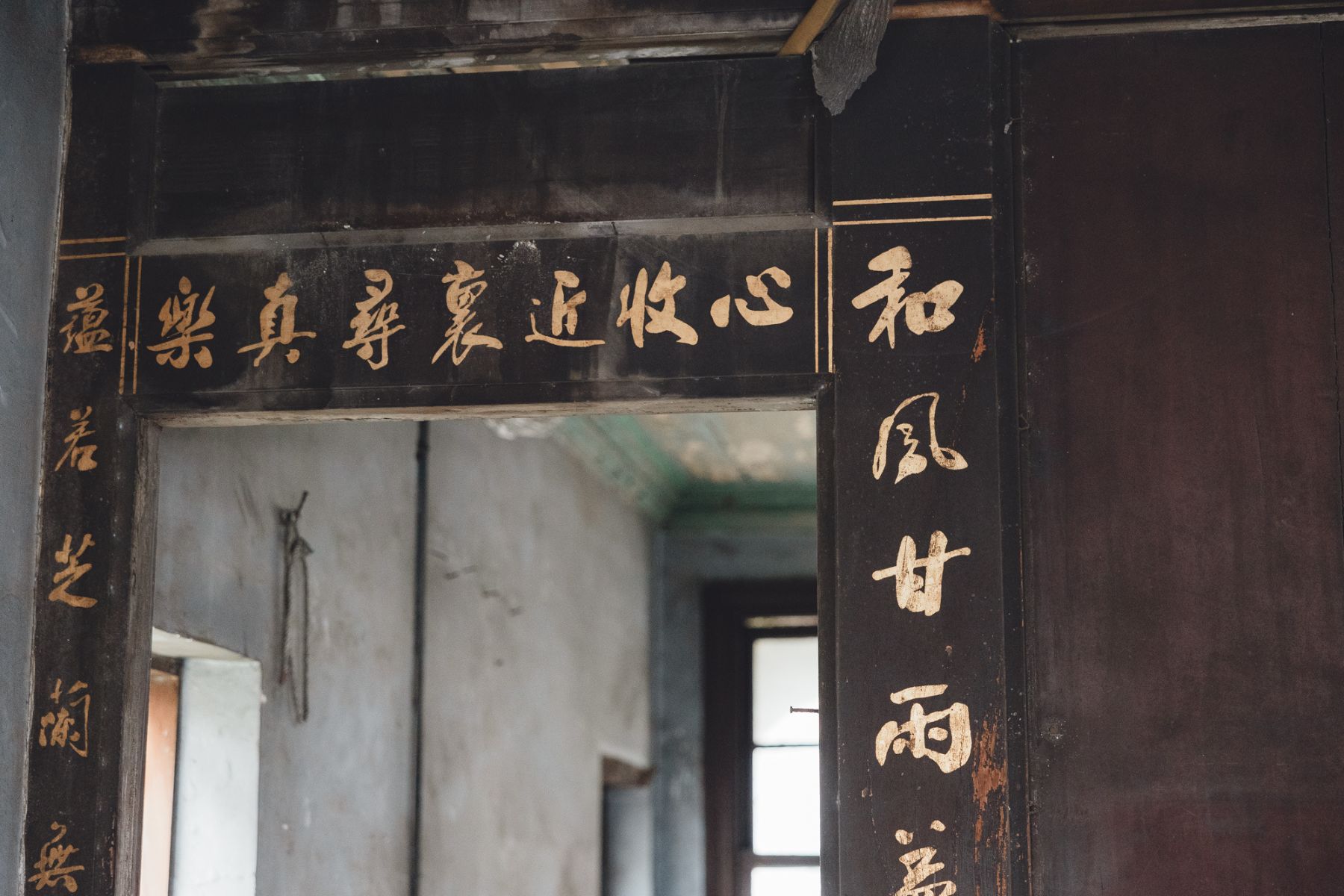
The Cao Family Mansion retains a valuable plaque.
With the sponsorship of the Foundation and the gradual restoration and cleanup by volunteers from the Front, the Cao Family Mansion has become more closely attached to the surrounding neighborhood. When neighbors see the open door of the Cao Family Mansion, they will peek in from time to time, and some will stay on the wooden chairs placed at the front door to take a rest. The stallholders in the Houjie Market and the residents who go shopping no longer just throw their waste into the backyard of the Mansion.
Shen is glad to see the transformation of the building from the initial appearance of the building, which was a place to be avoided, to its current beautiful appearance, “Ta Ya only sponsored with funding, but now the building can be restored to its glory thanks to the selfless efforts of the volunteers of the Front. Without their combined efforts, we will not have the Cao Family Mansion we see today.”
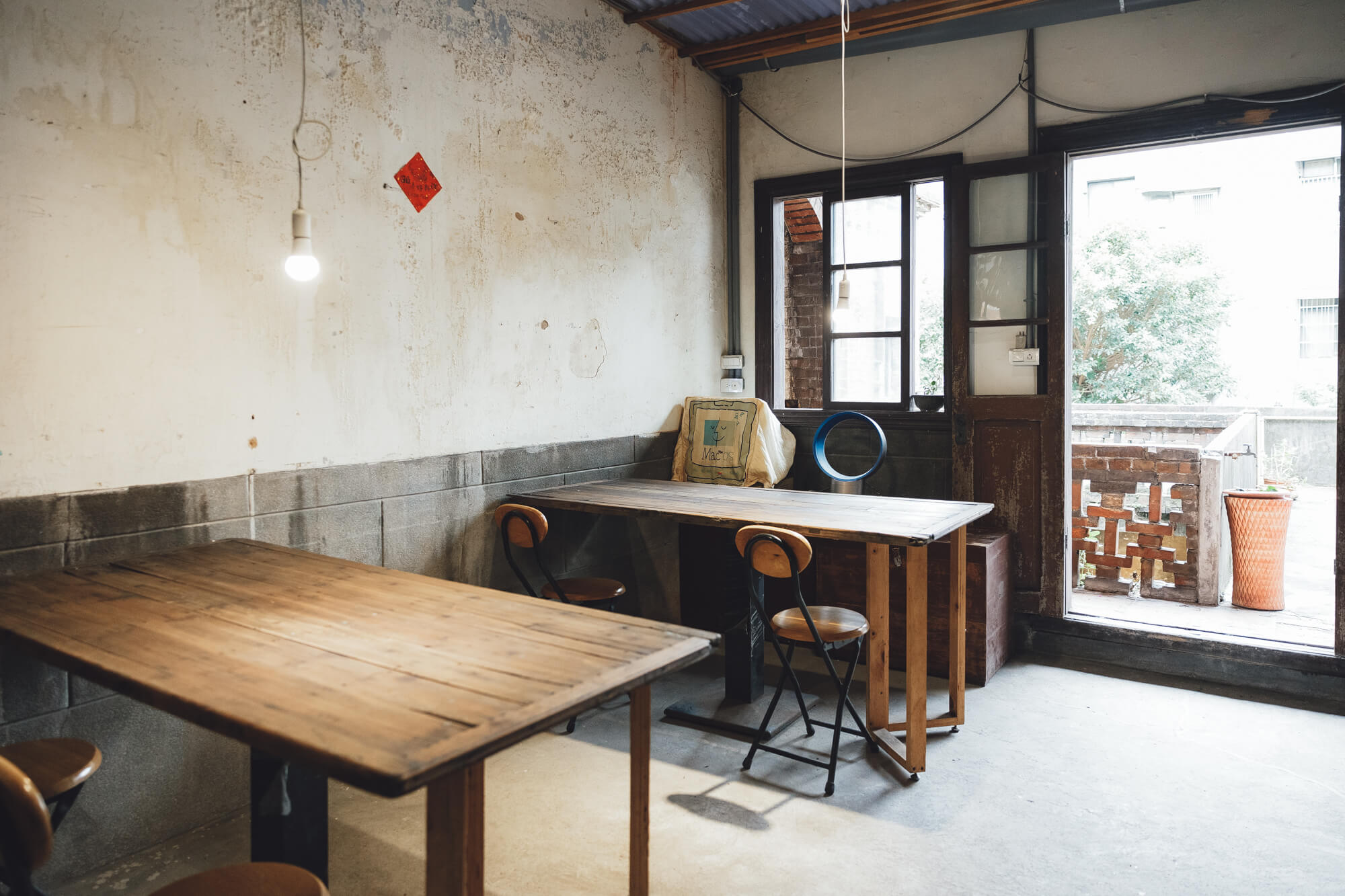
Thanks to the volunteers' restoration, the Cao Family Mansion has become a base for local arts and cultural events.
This year, the partners of the Return to Guishan Front plan to raise their own funds to take the restoration project “to the next level” by addressing the water leakage problem on the third floor, and the members also look forward to expanding the great momentum from the restoration project of the Cao Family Mansion to other areas of Guishan. “Guishan is huge, and so is the power of our partners. We hope to radiate this momentum out from the Cao Family Mansion Cultural Base,” said Chen Liangwei.
Old houses are important cultural assets left behind by our predecessors, recording imprints of historical memories. To revitalize old houses, we need the continuous commitment of like-minded people, as well as the support and assistance of the TAYA Pristine Homeland Foundation, to gather enough talents and resources in order to converge the momentum for local revitalization and community renewal, and to move forward towards the goals of balanced urban-rural development, low-carbon construction, and residential justice to achieve the vision of a sustainable pristine homeland.
Source: https://www.verse.com.tw/article/caosmansion-local-history

